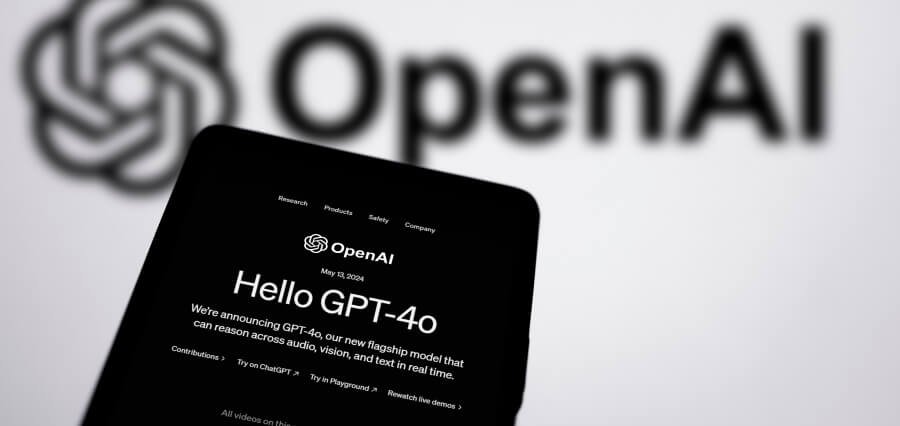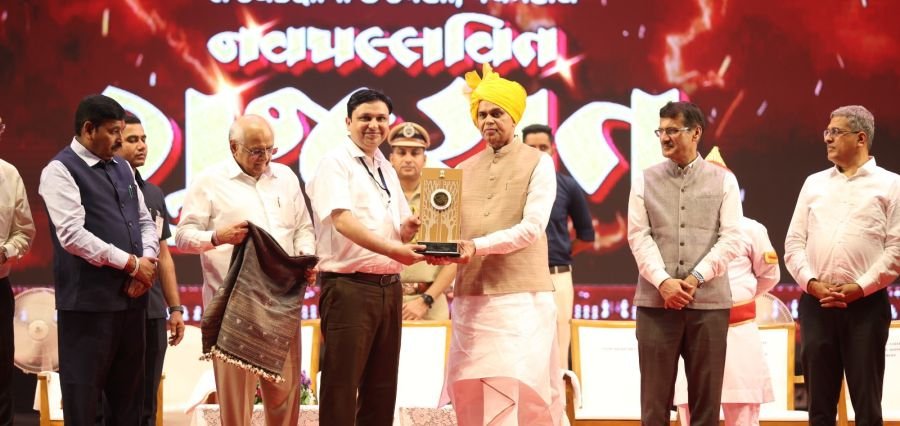Prime Highlights
- OpenAI brings out a new, fast, and smooth Advanced Voice Mode for ChatGPT users.
- This tool is up for grabs for ChatGPT Plus and Team members, making real-time chats better.
Key Facts
- Run by GPT-4o, this voice mode works with text, sound, and images for slick talks.
- Users can set up the AI’s voice, picking tone, pace, and accent.
- It works to give quick answers, copying real human talk with less breaks.
Key Background
OpenAI has made a big move to make its AI chat more like talking to a real person by bringing in a better Advanced Voice Mode for ChatGPT. This new tool aims to make chats with AI more like talking in real time, flowing, and more human — a step up from the stop-and-answer way usual in old voice helpers.
The tool runs on OpenAI’s fresh model, GPT-4o, which can get and work with not just text, but also sound and sight stuff. This mixed way lets ChatGPT give faster, more on-point, and aware replies when users talk to it. It can even deal with cuts in the chat better, keeping on without missing a beat.
This new Voice Mode is now out for ChatGPT Plus and Team users. Members here can now have almost fast voice chats, where the AI answers quick and in a normal way — just like chatting with a human helper. These skills aim to boost how much you get done and make things easier, especially for those who like to talk instead of type.
A cool part of this is how you can change it. Users can change how ChatGPT talks by fixing the tone, speed, and even picking different accents. This makes the chat more fun and easy to use, making voice chats fit different likes and needs.
OpenAI has also said that while this tool is in a top tier now, they aim to let more people use it later. Tips from users now will help make the tool better and make sure it works well on all devices and for all needs.
With this update, OpenAI is clearly trying to push forward in making voice-based AI helpers smarter and more fun to talk to. As more players come into the AI helper area, tools like this make a new mark for how we use our voice to talk to tech.







